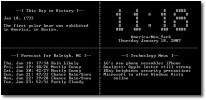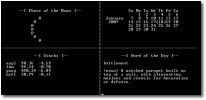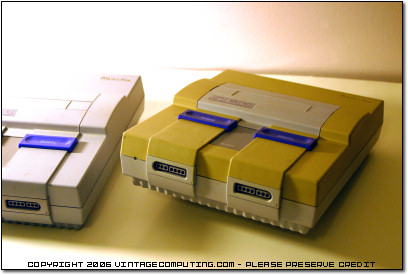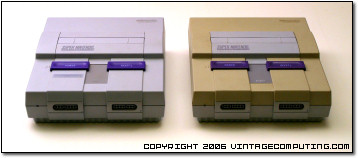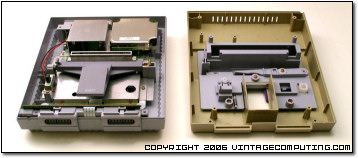Retro Scan of the Week: Atari Lynx, Only $99.95
Monday, January 29th, 2007
But this scan isn’t about the Game Boy. It’s about the Atari Lynx, that weird, large, oblong battery guzzler of a handheld that was seemingly designed by a team of monkeys with three arms. And at the point in time captured in this scan (1991), it was “only” $99.95, which was a lot of money back then. Nonetheless, I wanted one anyway — we all wanted one. But the only person I knew that had one was a rich kid from school. I eventually did get my (two) hands on a redesigned Lynx 2 model around 1994 for about $70 with two games. I (or more properly, my parents) bought it through the mail from a kid who called my BBS at the time. It was a great system to have, but I didn’t have any games for it that were any fun.
Much more could be said about the Lynx, but that tale will have to be saved for another day.
If you use this image on your site, please support “Retro Scan of the Week” by giving us obvious credit for the original scan and entry. Thanks.


